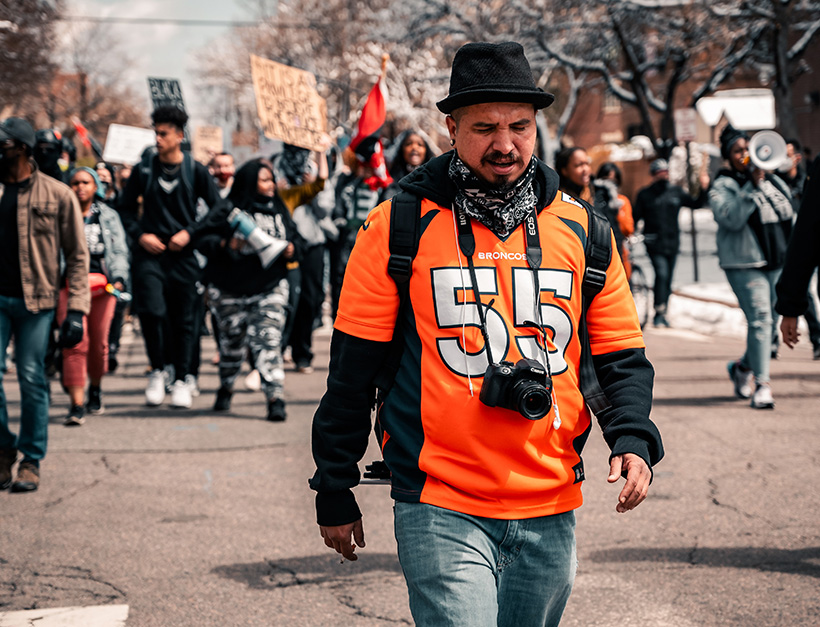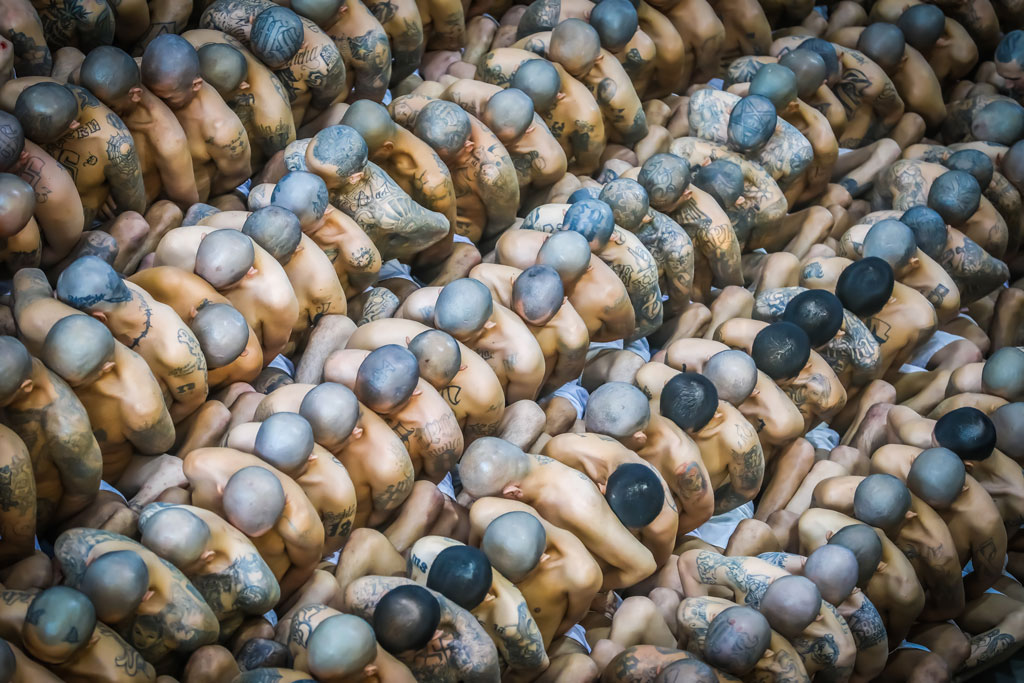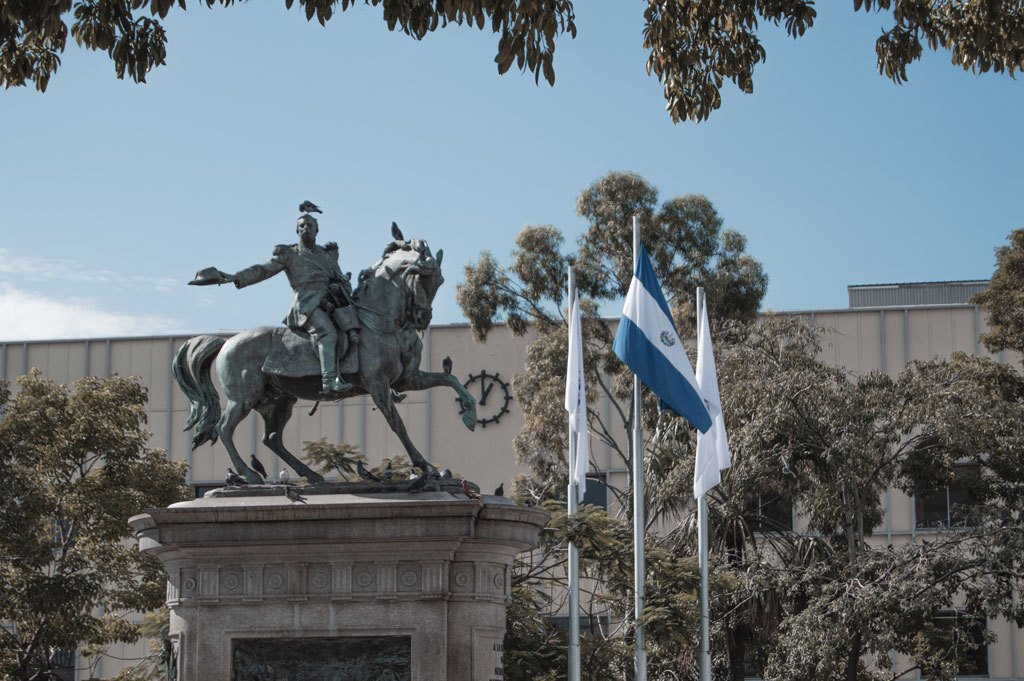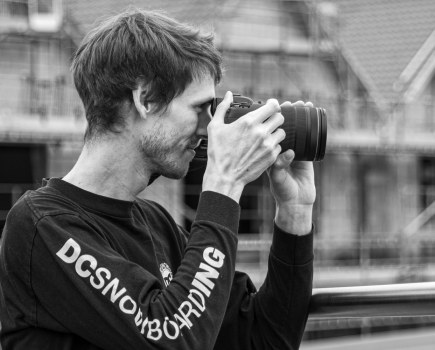In this Final Analysis Photo Critique Damien Demolder considers a photo taken at the Terrorist Confinement Centre in Tecoluca, El Salvador on 24 February 2023 following president Nayib Bukele’s crack-down on the drug cartels which saw thousands imprisoned at a new ‘mega-prison’.
Having a camera in my hand changes the way I experience the world. I’ve known this for as long as I’ve been talking pictures. Being ‘the photographer’ is a good way of not having to talk to people at parties you don’t want to be at, but it can also leave me with the feeling that I wasn’t present at parties I did want to be at.
Having a camera makes my mind busy, and while I still look for pictures even when I don’t have a camera with me, when I do have a camera I find it hard to be a part of the occasion unless the reason I am there is to take pictures. Having a camera with me makes me a photographer, and when I’m a photographer I can’t think of much else. I am learning, though, and am beginning to be able to switch between ‘normal human’ and ‘photographer’ modes almost at will.

Having a camera can create distance between a photographer and their subject. Credit: Colin Lloyd/Unsplash
Many years ago, I walked backwards along the sharp and rocky ridge of Striding Edge, taking pictures of the group I was walking with. Once they were safely on the other side, the group was exhilarated that the danger had passed and that none of them had succumbed to the 2,800ft drop either side of the extremely narrow pathway. Even though I’d paused to shoot the spectacle of a helicopter circling below us, I had no idea what all the sensation was about.
Observing the occasion through the viewfinder of my Fujifilm S3 Pro had meant that I hadn’t really experienced it at all. All I’d seen of the near-death experience was compositions, shutter speeds, AF points and the expressions on the faces of the people who were actually witnessing it first-hand.
Photo critique Terrorist Confinement Centre, Tecoluca, El Salvador, February 24, 2023
It strikes me that the photographer who captured this frame of captives, may also have been afflicted by the distancing effect a camera can engender when it is held up to the eye. It is truly striking that the photographer, when confronted with a hall full of prisoners crammed together on the floor with hardly a breath’s space between them, saw not the inhumanity of the situation but a neat recurring pattern of spheres, lines, angles and tones.
Such was the dominance of the photographer’s inner compositional eye that a viewpoint was sought that allowed a visually compelling and powerful diagonal to be formed with a row of freshly shaven heads travelling bottom left to top right – punctuated every now and then with dramatic tattooed inscriptions.

It is truly striking that the photographer, when confronted with a hall full of prisoners crammed together on the floor with hardly a breath’s space between them, saw not the inhumanity of the situation but a neat recurring pattern of spheres, lines, angles and tones. Credit: Presidencia El Salvador/Getty Images
I’d say the chromatic contrast between the cool grey heads and the warmer yellow tones of the bodies, and the dynamic three-dimensional waves that peak at the heads and trough between the shoulders of neighbouring felons, were further exciting elements that didn’t pass unnoticed.
Of course, such artistic rendering of the scene draws the attention of the viewer away from the content and subject matter. It is a fine example of photography ‘getting in the way’ of the message – those neat diagonals distract us too much from what we should be looking at.
The photographer valued their art over the plight of those in the frame, and communicates this in a way that is unmistakable and which encourages us to do the same. It tells us the photographer was inappropriately distracted by the composition, or that they really did see the people as objects.

The tiny Central American country maintained an unassailable lead in the world’s murder rate charts in 2022. Photo credit: Esaú González/Unsplash
The photograph was taken the day on which the first batch of 2,000 detainees was moved into El Salvador’s new Terrorist Confinement Centre ‘mega-prison’ in Tecoluca – a facility that will eventually hold 40,000 unwilling guests.
At first I assumed the composer was a concerned press photographer hoping, in a slightly clumsy way, to highlight the apparently sketchy attention to human rights in the prison. In fact, though, it was issued by the Salvadoran government – clearly keen to impress the public not only with its crackdown on drug cartels but also with the impeccable artistic flair with which it is going about the task.
In a country that maintained an unassailable lead in the world’s murder rate charts in 2022, this kind of picture is an ‘all my-own-work’ kind of boast rather than a call to humanitarian action.
Related content:
- Powerful WPP 2023 Photo of the Year shows devastation in Ukraine
- Opinion: We need great photojournalism more than ever
- Peter Caton: Documenting South Sudan floods
- Alicia Vera photo story: On loss and coping with mother’s Alzheimer’s diagnosis








